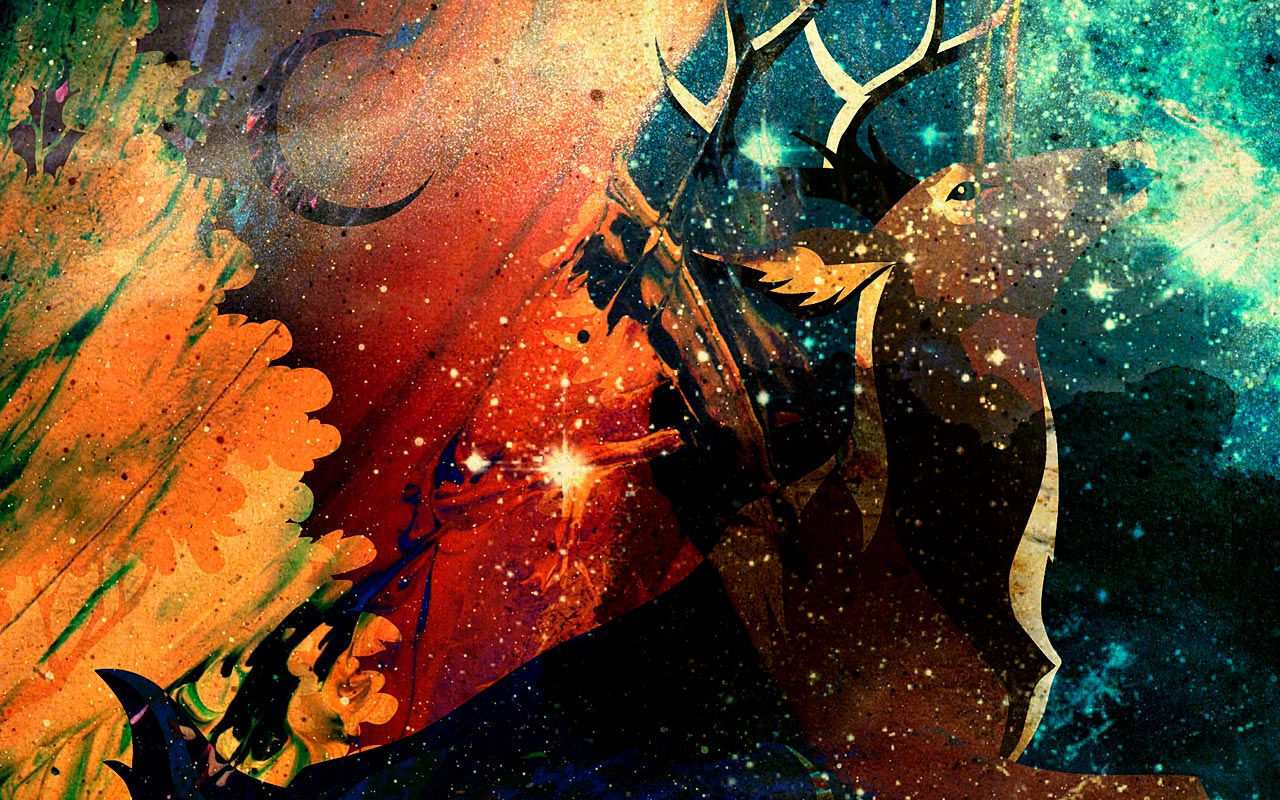Innovative Inventions: Bridging Art and Engineering
- Rodney Lazaro
- 5 days ago
- 4 min read
In a world where technology and creativity often seem at odds, innovative inventions are emerging that beautifully blend art and engineering. These creations not only serve practical purposes but also evoke emotions, challenge perceptions, and inspire new ways of thinking. From interactive installations to functional art pieces, the intersection of these two fields is where magic happens. This blog post explores how art and engineering come together in innovative ways, showcasing remarkable examples and the impact they have on society.
The Essence of Innovation
Innovation is not just about creating something new; it’s about improving existing ideas and finding unique solutions to problems. At the heart of many successful inventions lies a deep understanding of both artistic expression and engineering principles. This synergy allows creators to push boundaries and explore uncharted territories.
Defining Art and Engineering
Art is often seen as a form of expression that communicates emotions, ideas, and experiences. It encompasses various mediums, including painting, sculpture, music, and performance.
Engineering, on the other hand, is the application of scientific and mathematical principles to design and build structures, machines, and systems. It focuses on functionality, efficiency, and problem-solving.
When these two disciplines converge, they create innovative inventions that are not only functional but also aesthetically pleasing.
Examples of Innovative Inventions
1. The Interactive Kinetic Sculpture
One of the most captivating examples of art and engineering collaboration is the interactive kinetic sculpture. These sculptures are designed to move and respond to their environment, engaging viewers in a unique way.
For instance, the work of artist Theo Jansen features large, wind-powered sculptures called "Strandbeests." These creations mimic the movement of living creatures and are constructed from lightweight materials like PVC pipes. The engineering behind these sculptures allows them to walk on the beach, powered solely by the wind, showcasing the beauty of both art and engineering.

2. Architectural Marvels
Architecture is a prime example of how art and engineering can coexist harmoniously. Iconic structures like the Sydney Opera House and the Guggenheim Museum in Bilbao demonstrate how innovative design can transform a space while serving practical functions.
The Sydney Opera House, designed by architect Jørn Utzon, features a unique sail-like structure that not only enhances its aesthetic appeal but also optimizes acoustics for performances. The engineering challenges faced during its construction were immense, yet the result is a masterpiece that continues to inspire.
3. Wearable Technology
The rise of wearable technology is another fascinating intersection of art and engineering. Designers are now creating smart clothing and accessories that are not only functional but also stylish.
For example, Google’s Project Jacquard integrates touch-sensitive fabric into clothing, allowing wearers to control their devices with simple gestures. This innovation merges fashion with technology, creating a new category of wearable art that enhances daily life.
The Impact of Innovative Inventions
Innovative inventions that bridge art and engineering have far-reaching effects on society. They challenge traditional notions of functionality and aesthetics, encouraging people to think differently about the objects and spaces around them.
Enhancing User Experience
By incorporating artistic elements into engineering designs, creators can enhance user experience. For instance, the Nest Thermostat combines sleek design with smart technology, allowing users to control their home environment intuitively. The aesthetic appeal of the device encourages users to engage with it, making energy management a more enjoyable experience.
Promoting Sustainability
Many innovative inventions also focus on sustainability, using art and engineering to address environmental challenges. For example, The Ocean Cleanup project employs advanced engineering techniques to develop systems that remove plastic from the oceans. The project’s visual impact raises awareness about ocean pollution, merging art with a crucial environmental mission.
The Future of Art and Engineering
As technology continues to evolve, the possibilities for innovative inventions at the intersection of art and engineering are limitless. Emerging fields like bioengineering and robotics are opening new avenues for creative expression.
1. Bio-Art
Bio-art is an exciting field where artists use living organisms as their medium. This innovative approach raises questions about ethics, nature, and the role of technology in our lives. Artists like Eduardo Kac have created works that involve genetically modified organisms, prompting discussions about the implications of biotechnology.
2. Robotics and Automation
The field of robotics is also seeing a fusion of art and engineering. Artists are designing robots that can create art, perform music, or even dance. These creations challenge our understanding of creativity and the role of machines in artistic expression.
Conclusion
Innovative inventions that bridge art and engineering are reshaping our world. They inspire us to think creatively, challenge norms, and explore new possibilities. As we continue to push the boundaries of what is possible, the collaboration between these two fields will undoubtedly lead to even more remarkable creations.
By embracing the synergy of art and engineering, we can foster a culture of innovation that enriches our lives and the world around us. Whether through interactive sculptures, sustainable designs, or groundbreaking technologies, the future is bright for those willing to explore the intersection of creativity and functionality.
As you reflect on the innovative inventions discussed, consider how you can incorporate elements of both art and engineering into your own projects. The next great idea may be waiting for you at this exciting crossroads.






Comments